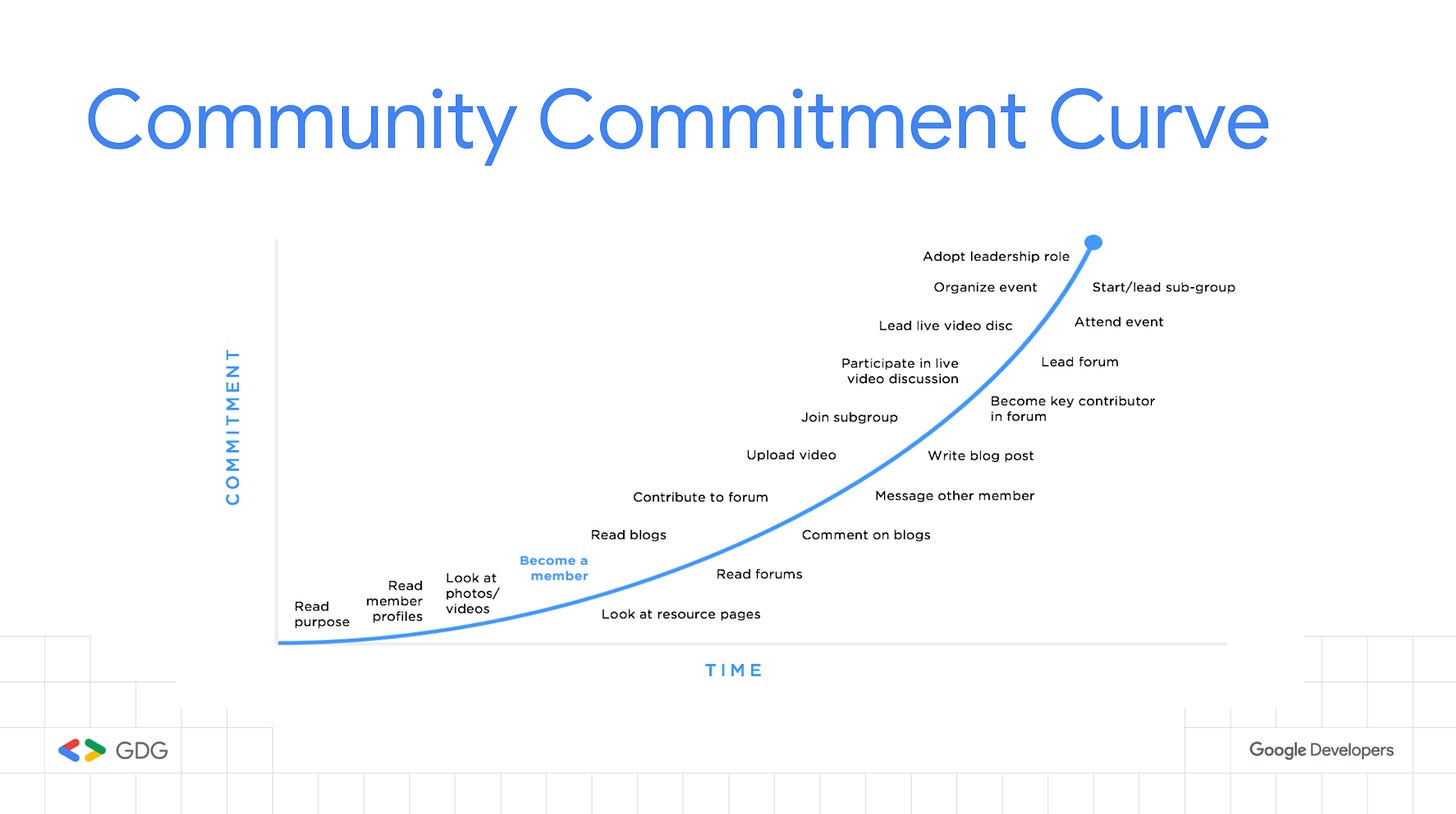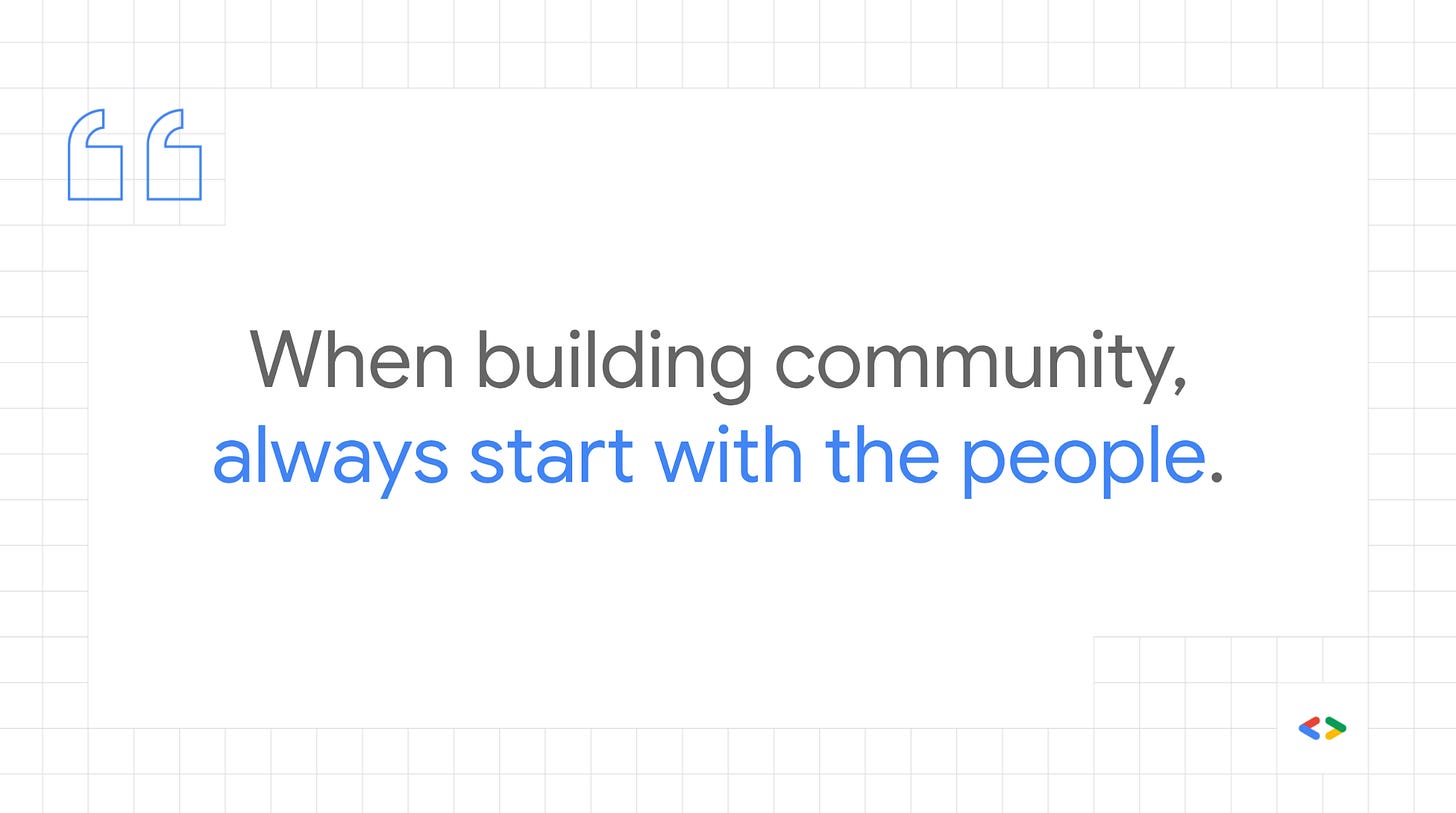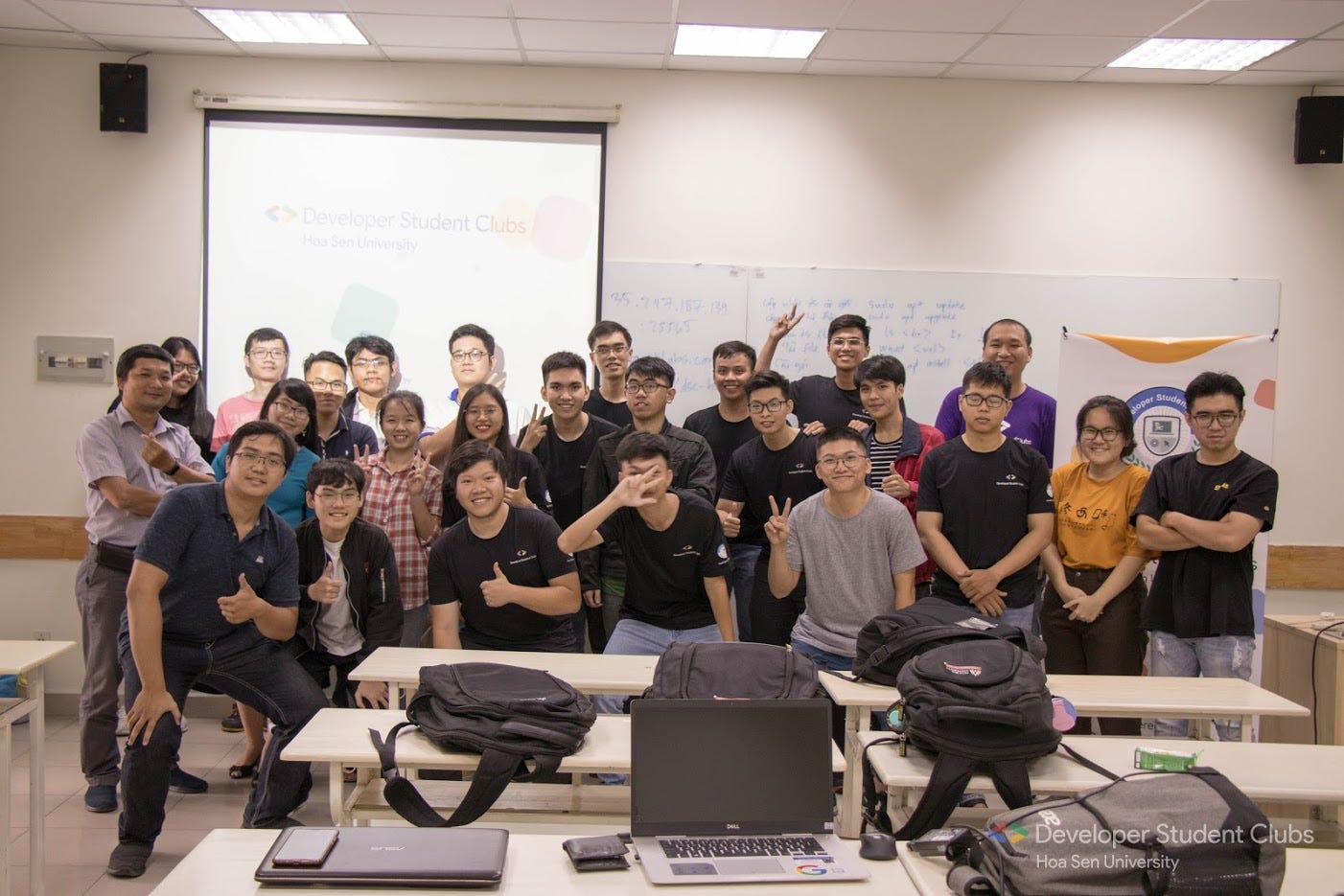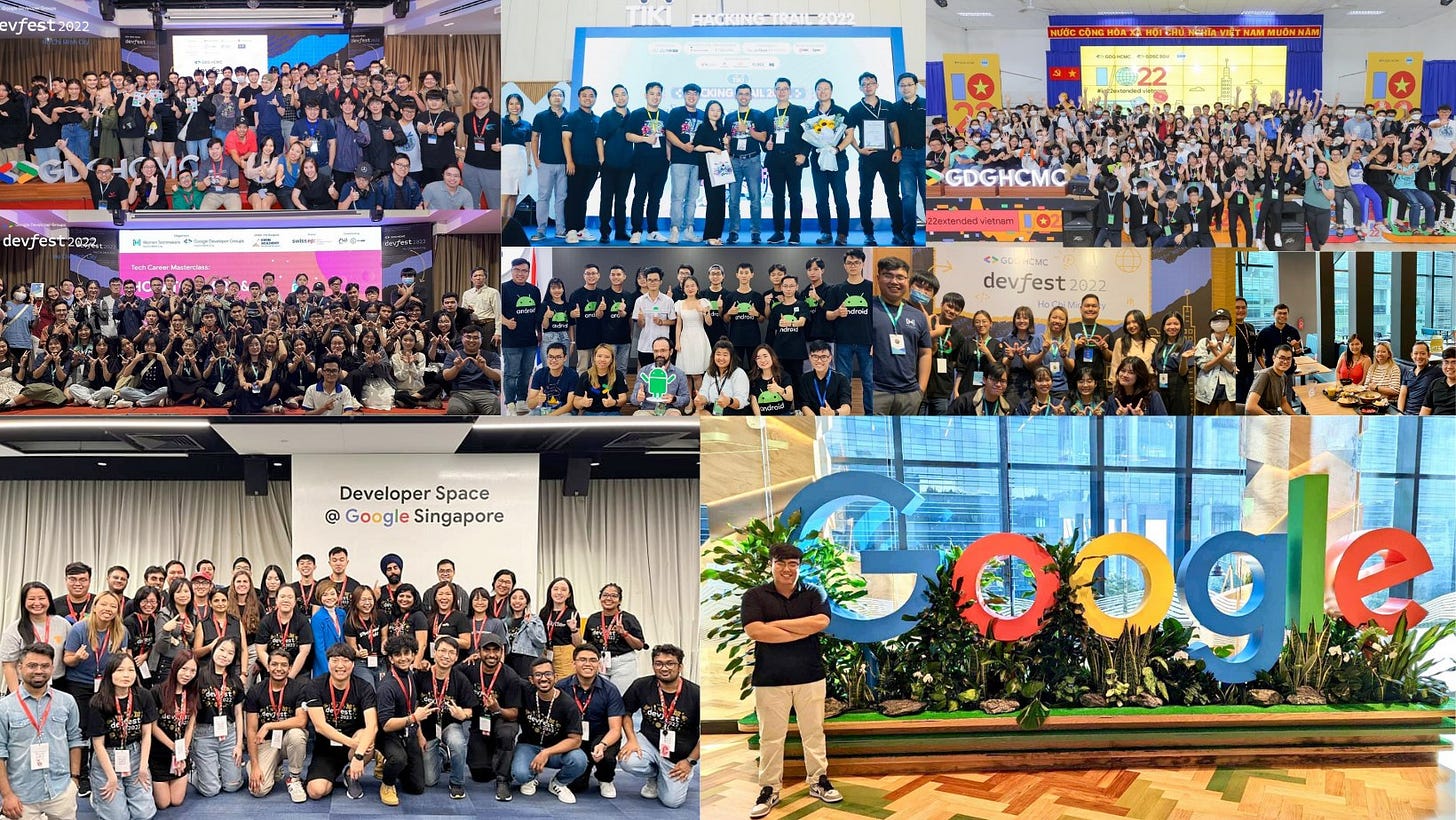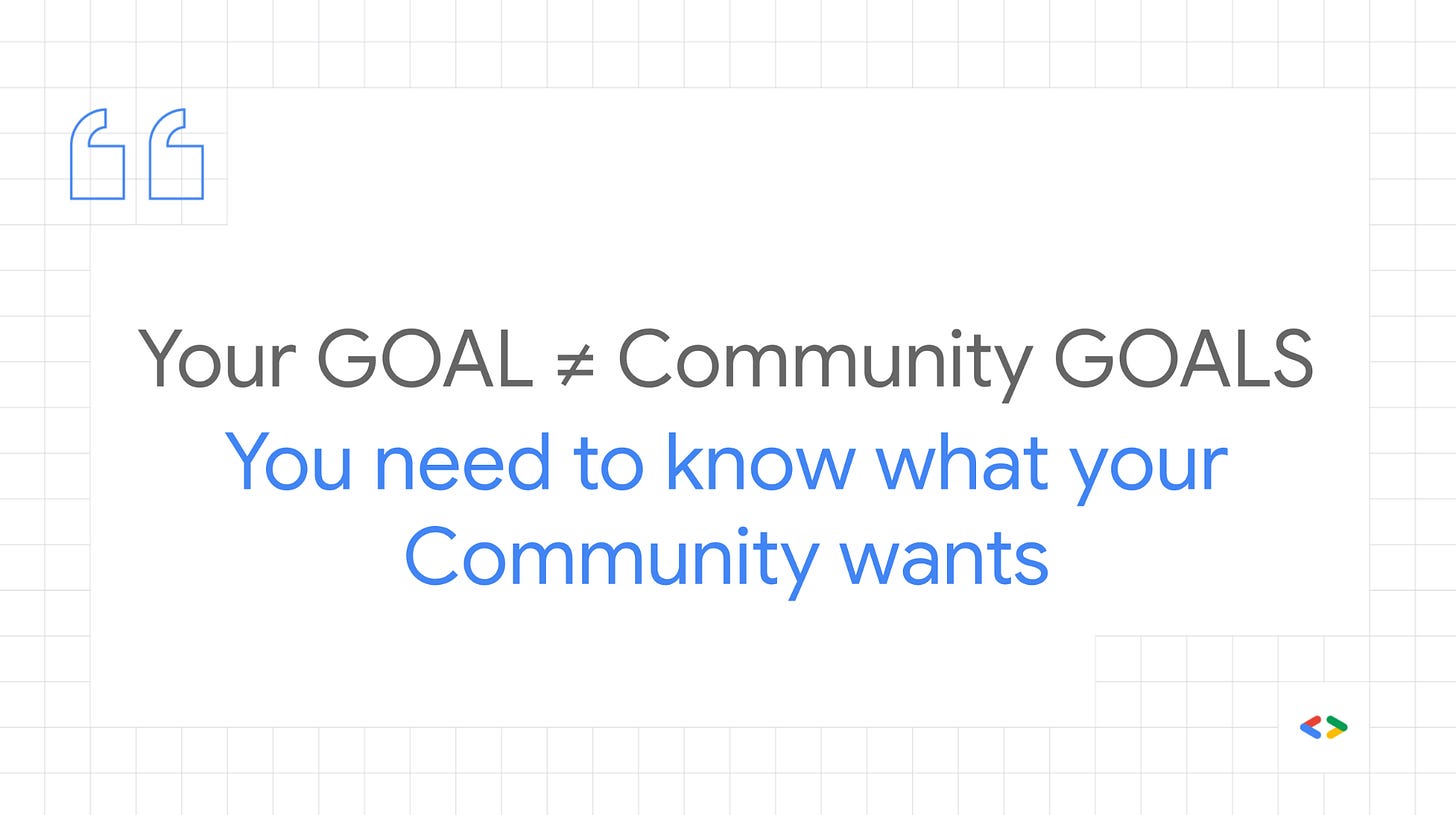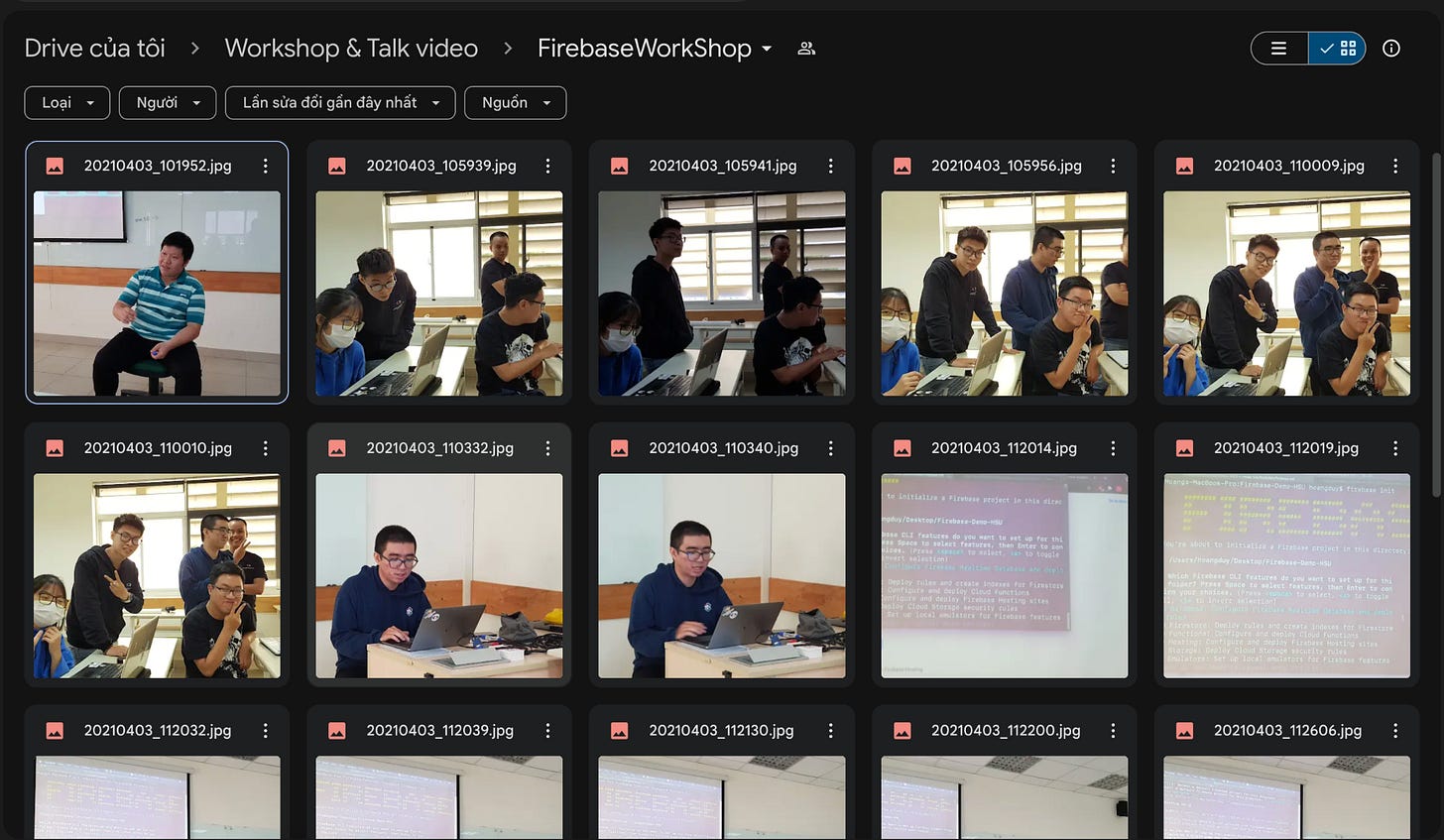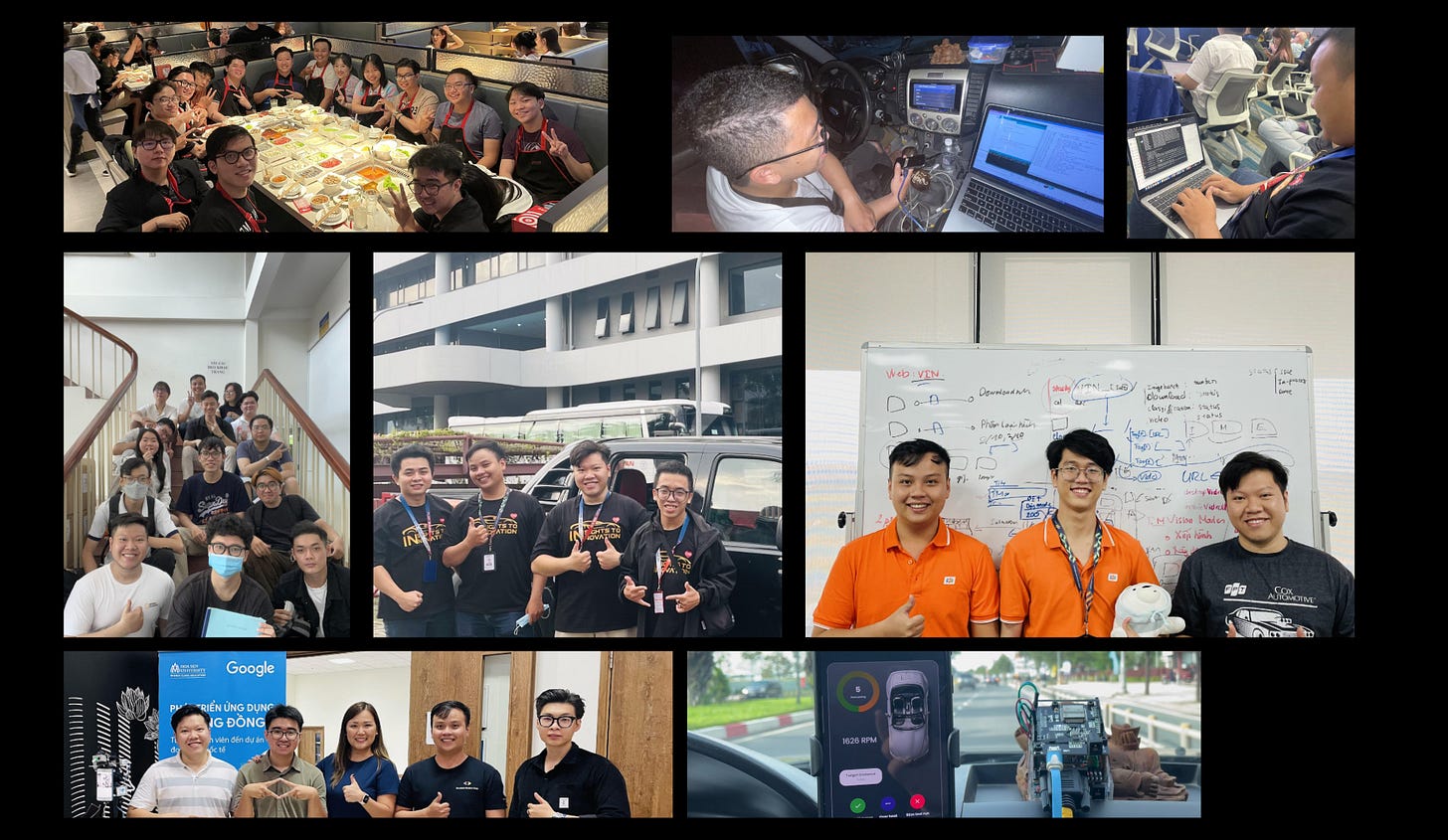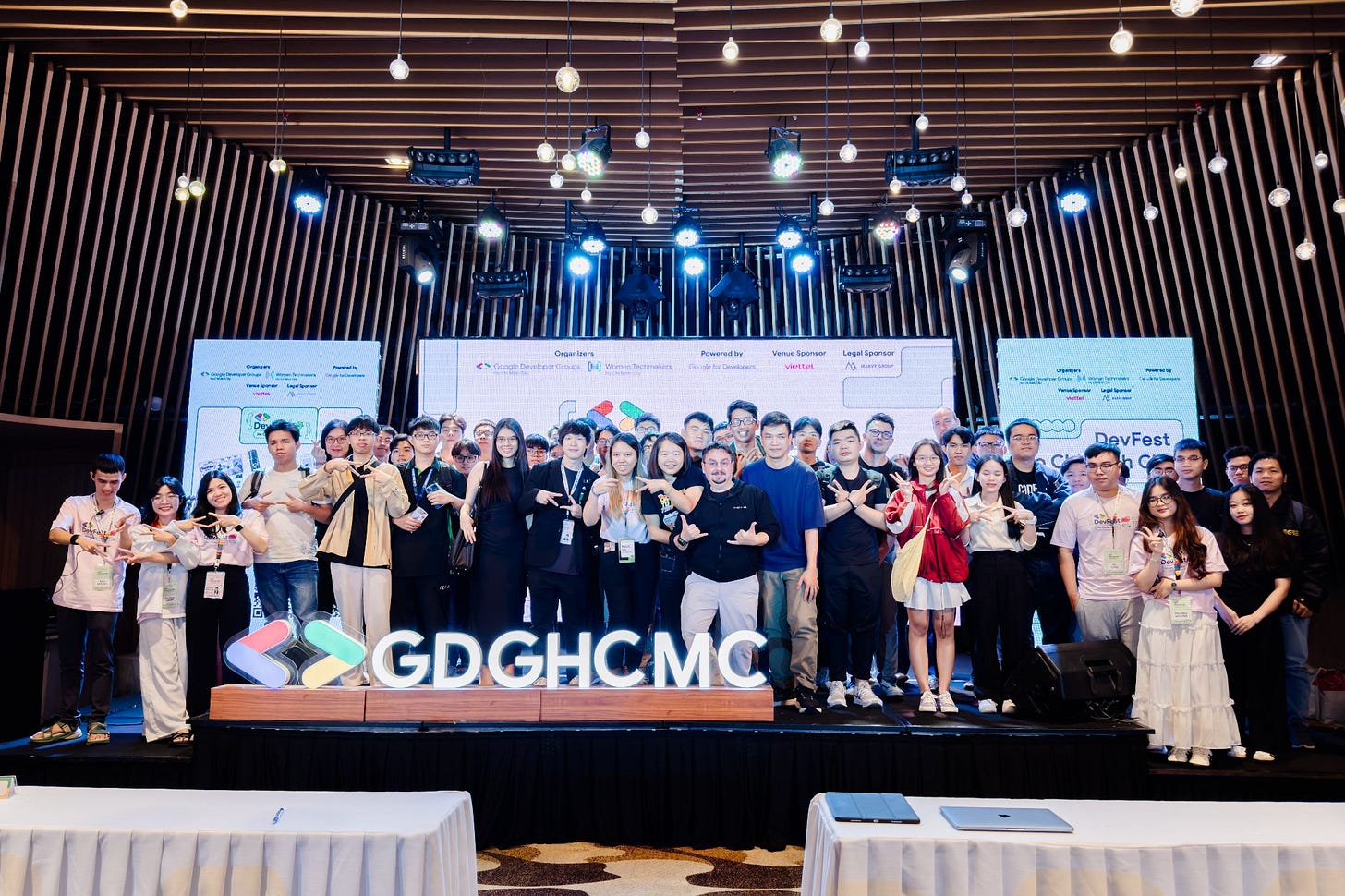🌱 How Google Developers' communities were built locally from scratch
How local Google Developers' communities usually start and scale—through events and beyond with insights from GDG & GDSC HCMC.
Xin chào! I’m Hien—a full-time builder, community-led growth strategist, and serial founder based in Ho Chi Minh City 🇻🇳
You are reading a ✨ friends only edition ✨ of Screate Growth Hub—we help builders scale their next million-dollar startups with community, real connections & good vibes—one story at a time, alongside fellow builders in 17 countries (and counting!)
TL;DR: Let’s explore how local Google Developers’ communities in Vietnam are built from scratch and scaled beyond events. Learn their key strategies, challenges, and best practices for fostering thriving developer communities.
Key takeaways:
✅ Google Developers’ community model is structured yet decentralized, empowering local volunteer leaders.
✅ Building a thriving developer community requires a clear vision, strong early supporters, strategic event planning, and engagement beyond events.
✅ Growth comes from consistency, collaboration, and addressing real community needs—beyond just introducing new tech.
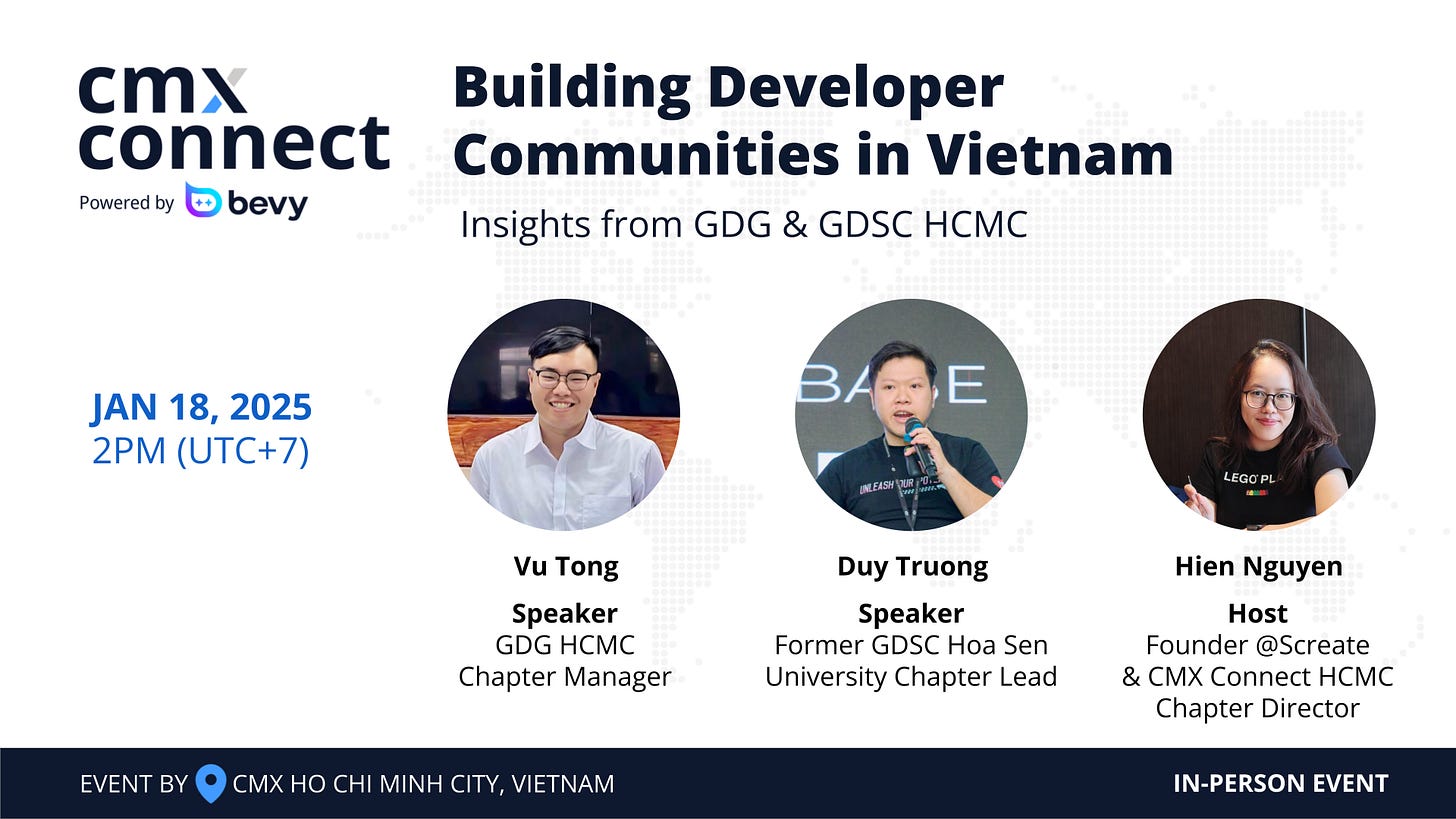
👋 Hey there, welcome back to this week’s episode on Screate Growth Hub. I am your host, Hien.
Earlier this year, I had the privilege of inviting two powerhouse developer community builders:
Vu Tong, current GDG HCMC Chapter Manager & AI Engineer @Change Interaction. He led the Google Developer Student Club HCMC for two years since 2021, then transitioned to Google Developer Group HCMC in August 2023 and has been in leadership until now.
Duy Truong, former GDSC Hoa Sen University Chapter Lead & current Software Engineering Lead @FPT Software. He built and scaled his chapter to achieve multi-chapter collaborations and the global Google Solution Challenge 2022 Winner Title. He is also a speaker at DevFest by Google Developers, Google Developer Student Club hackathons, and AWS community events.
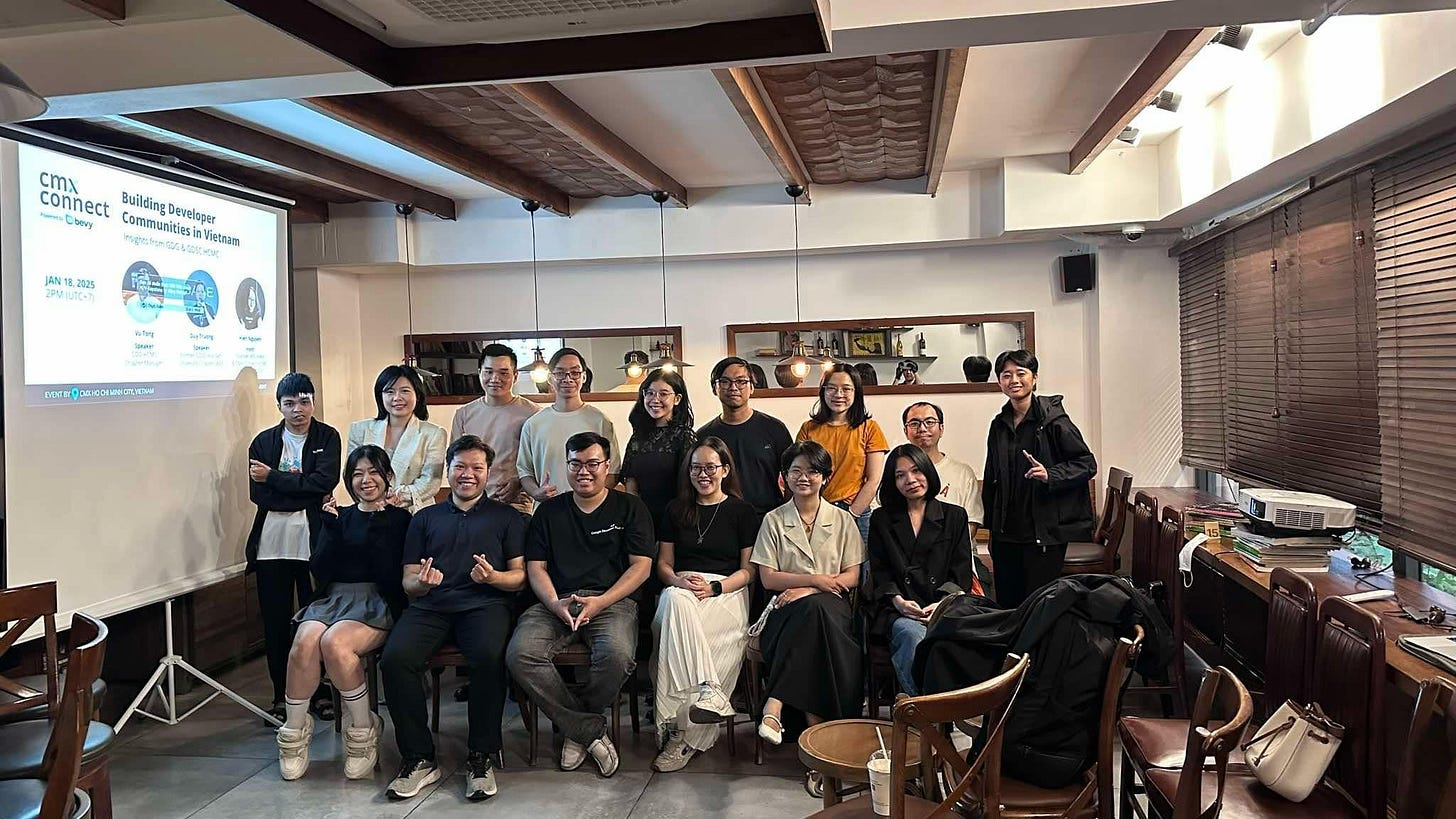
Both have played a key role in building the Google Developer Group HCMC and the Google Developer Student Club at Hoa Sen University from the ground up. That’s why I invited them to CMX Connect HCMC "Community Decoded" roundtable session #1 —to share their firsthand insights on what it takes to build a thriving local developer community in Vietnam, so you can learn from their experience.
This special edition recap by the Screate team is a bonus for those who might have missed past CMX Connect HCMC events and want to dive deeper into community-building best practices.
Let’s get into it!
1. How 'community' is commonly understood and referred to in the Google Developers program?
Google does not provide a single definition of "community" within its developer programs.
Instead, its approach to community building is structured yet adaptable, offering distinct communities and programs tailored to different audiences and needs:
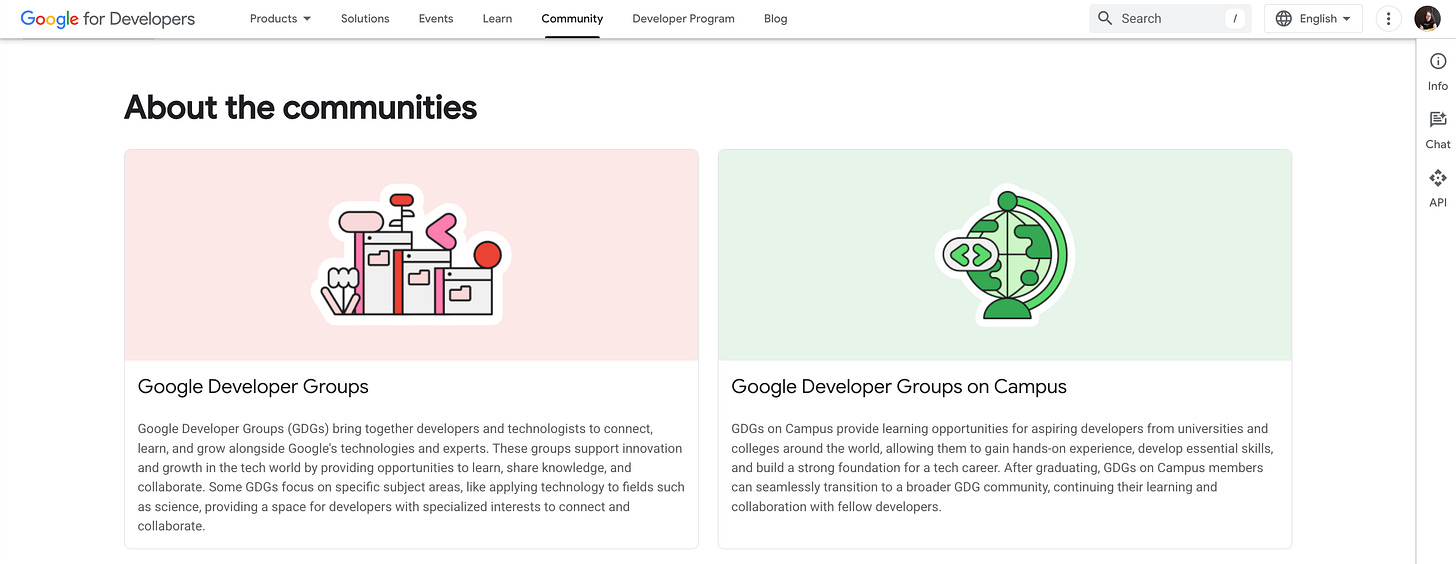
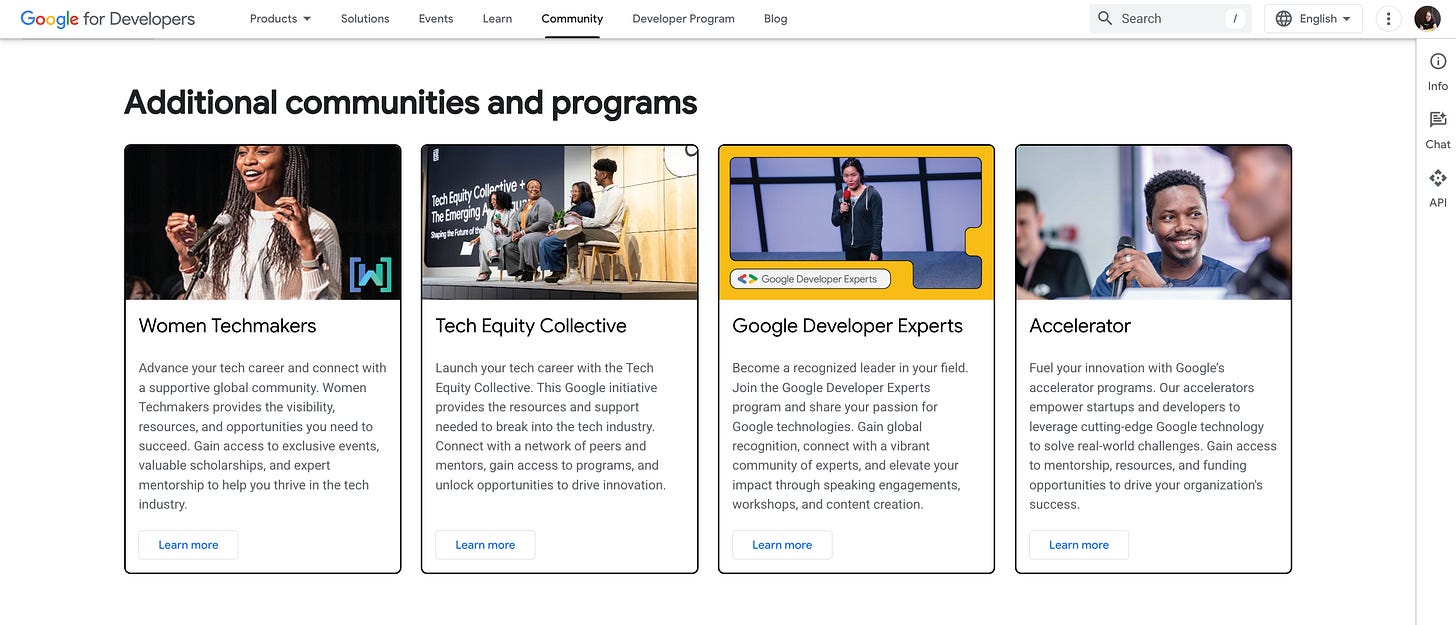
Main communities:
Google Developer Groups (GDGs): bring together developers and technologists to connect, learn, and grow alongside Google's technologies and experts. These groups support innovation and growth in the tech world by providing opportunities to learn, share knowledge, and collaborate.
Google Developer Groups on Campus (GDSCs): provide learning opportunities for aspiring developers from universities and colleges around the world, allowing them to gain hands-on experience, develop essential skills, and build a strong foundation for a tech career. After graduating, GDGs on Campus members can seamlessly transition to a broader GDG community, continuing their learning and collaboration with fellow developers.
Additional communities & programs:
DevFest: an annual tech conference for developers, hosted by Google Developer Groups all over the world.
Women Techmakers (for all women in tech)
Tech Equity Collective (career launchpad for aspiring and emerging technologists)
Google Developer Experts (experienced Google technology experts, influencers, and thought leaders)
Accelerator (for startups, indie developers, and nonprofits)
2. Behind Google for Developers’ Community Building Model: Top-Down Leadership
Unlike many grassroots communities that evolve organically, Google for Developers runs a structured, top-down model where a central Google team sets the vision, provides resources, and empowers local community leaders to execute.
Ways to get involved in Google for Developers’ communities:
✅ Chapter Lead: Operate a Google Developer Group - GDG (city-based) or Google Developer Student Club - GDSC (campus-based) chapter.
✅ Ambassador: Gain recognition as a key voice in the ecosystem.
✅ Member: Attend events, access exclusive learning materials, and contribute by organizing events.
✅ Google Developer Expert (GDE): Become an industry thought leader—speak at events, mentor rising talent, and get early product access.
✅ Members or Mentors at Accelerator Programs: For startups, indie developers, and nonprofits leveraging Google’s tech stack.
Members typically begin by signing up through the Google for Developer community platform, where they can access resources and engage at different levels.
Most start by attending local events—whether city-based or campus-based—before gradually deepening their involvement. As they participate, they can earn badges that recognize their contributions and learning progress.
It's important to note that Google, as a corporation, does not directly manage local developer communities—this is explicitly stated in the Google for Developers community disclaimers.
Instead, Google recruits volunteer leaders to spearhead these communities within its ecosystem, whether on campus or in their city. Our lovely speakers, Vu Tong, and Duy Truong, are perfect examples of this in action!
Disclaimer: Google Developer Group HCMC and Google Developer Student Club on campus Hoa Sen University are independent groups that operate as part of the Google for Developers program; Their activities and opinions expressed should in no way be linked to Google, the corporation. To learn more about the GDG program, visit https://developers.google.com/community/gdg/
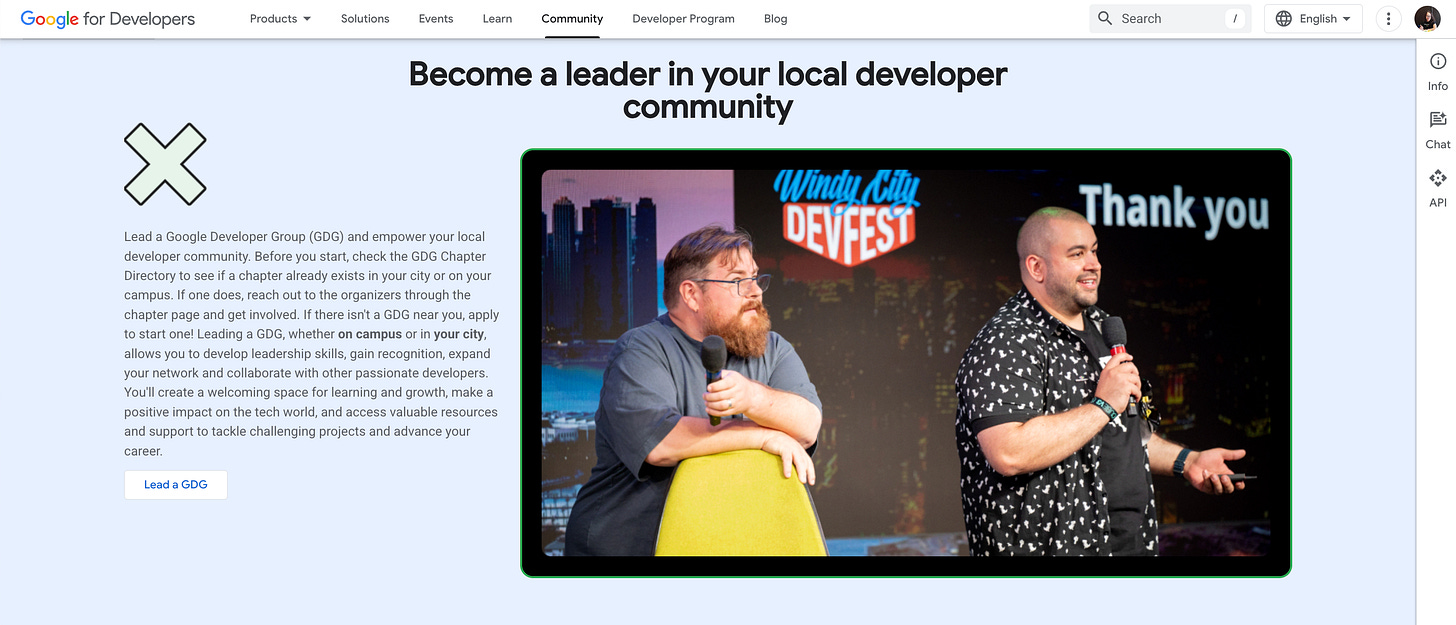
3. The Playbook: Scaling a Developer Community from 0 to 1,000+ Members
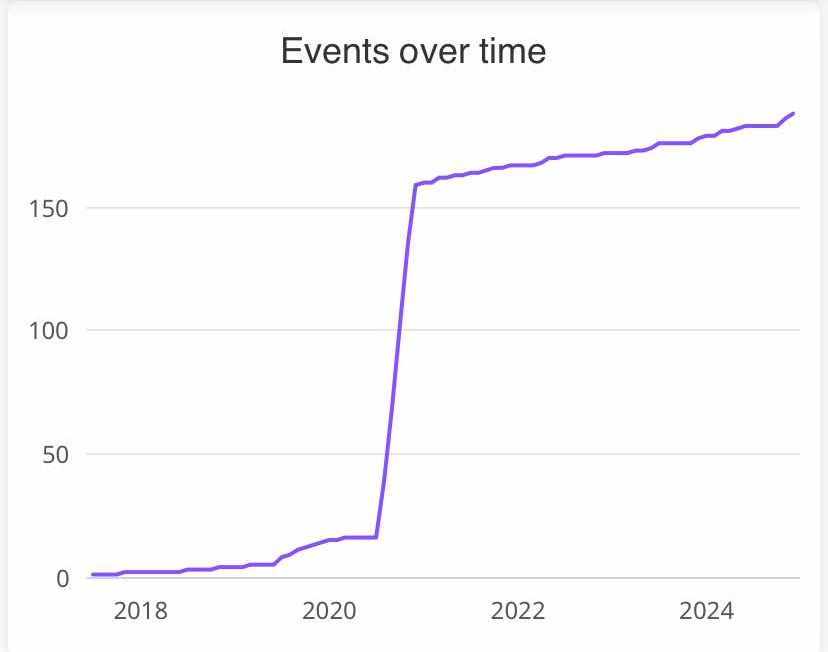
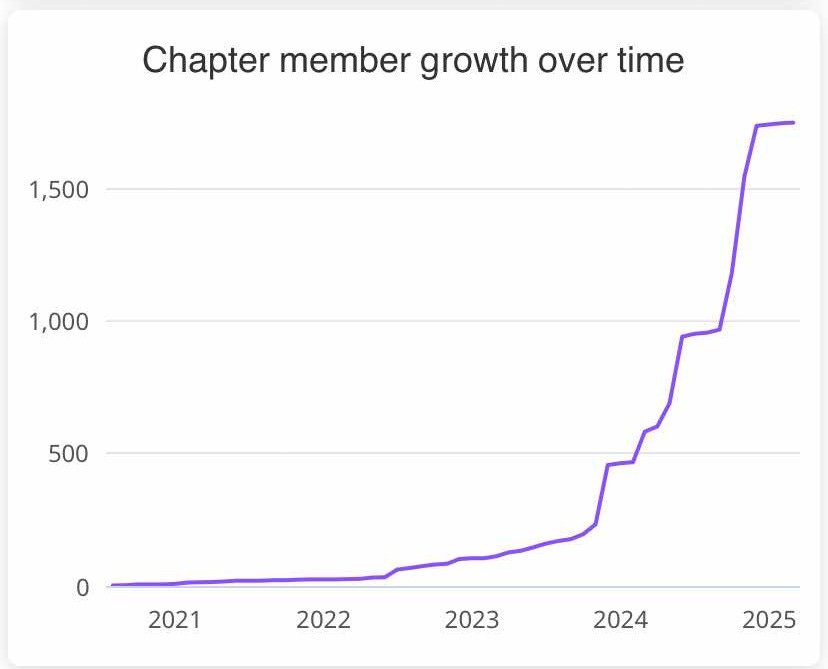
Building a thriving community isn’t about luck—it’s about strategy, execution, and momentum. Here’s the roadmap Vu and Duy used to scale their chapters:
Step 1: 0 → 10 Members (Getting Started)
Tap into your personal network: Friends, colleagues, and classmates, who are on similar paths and goals—these early supporters shape the foundation.
💬 Duy Truong: "I realized early on that the audience matters more than the topics we cover. You can learn AI, ML, or any tech concept through events, but if no one shows up or engages, it doesn't mean much. So instead of just focusing on content, I prioritized building a community first. I started by reaching out to my university network—classmates, and friends who had even a slight interest in tech. I got my first members from there."
💬 Vu Tong: "I did the exact opposite. Instead of jumping right in, I started by being an active member of another movement to demonstrate my commitment, which then enabled me to gain the Head of Faculty's 'buy-in' for my Google Developer Student Club chapter vision. With him as our 'ambassador,' we quickly brought in our first members and set things up for inviting speakers to our initial events.”
Clarify your “why”: What’s the purpose of this community? What problem does it solve?
💬 Vu Tong: "The goal of GDSCs has always been to bridge the gap between aspiring developers (students & young professionals) and experienced developers (seasoned professionals). From the start, our focus was on providing hands-on experience, helping students develop essential skills, and building a strong foundation for a tech career. GDGs, on the other hand, serve a slightly different purpose—bringing together developers and technologists to connect, learn, and grow alongside Google's technologies and experts across various domains while breaking the gap between theories and practice.”
💬 Duy Truong: "Pre-existing Google Developers programs were great at the time, but locally, there were hidden challenges beyond just the technical aspects—at least in my chapter. I quickly realized that many students, myself included, struggled to keep up with their class curriculum. So, instead of simply following the overarching program direction and recommendations from the Google Developers team, I designed our own workshop series to directly tackle these pain points and align local needs with the regional strategy."
Host small, high-value meetups: Quality over quantity.
💬 Duy Truong: "Yeah, absolutely. I still remember our very first workshop—only one person showed up. Just one. And it was my friend who wanted to support me. No kidding. And you know what? I was genuinely happy to support him. Because the event was so small, I got the chance to connect with him personally and really understand his goals. From that one member, we slowly grew—three, then five or six—and before I knew it, when our chapter won the global Google Solution Challenge in 2022, we had grown to 53 members."
💬 Vu Tong: "My experience was a bit different from Duy’s because my chapter, GDG HCMC, was city-based—and it is one of the three major tech hubs in Vietnam. From the very beginning, there was a lot of pressure and high expectations for what it should be, which meant every event we organized had to be bigger in scale—whether it was the event size, number of speakers, internal team coordination, or the depth of topics covered. Our goal wasn’t just to serve our members but also to create a memorable experience that lived up to the Google Developers' standards and engaged high-profile external stakeholders. I worked directly under Ms. Nhi Nguyen, the Community Manager for the Google Developer Relations Ecosystem - SEA Team, and received lots of support from her and the whole GDG HCMC team efforts to make these happen.”




